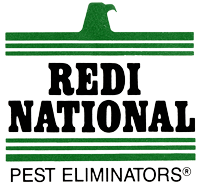What Are the Warning Signs of Over Infestation of Common Pests?
As our environments become increasingly intertwined with the natural world, the presence of pests—ranging from insects to rodents—poses a significant challenge for both homeowners and businesses alike. While many people may dismiss the occasional sighting of a pest as a mere nuisance, an unattended problem can quickly escalate into an overwhelming infestation. Understanding the early…
